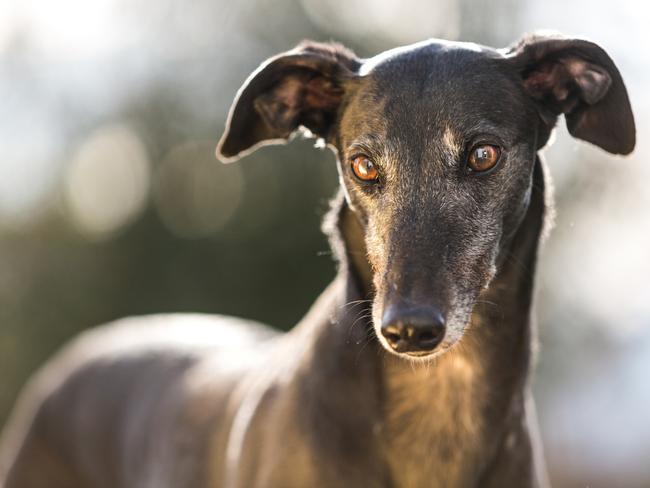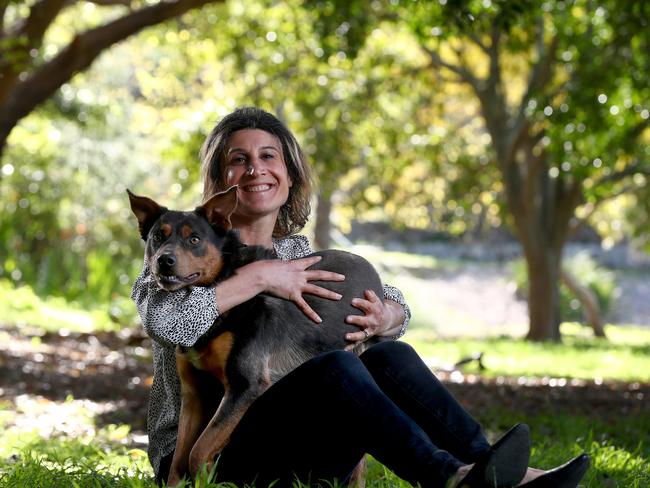This week: Dr Magdoline Awad on a common issue retired greyhounds face
As retired racing greyhounds are becoming more popular as domestic pets, veterinarians are seeing them develop this condition more frequently.
SmartDaily
Don't miss out on the headlines from SmartDaily. Followed categories will be added to My News.
Retired greyhounds as pets have been increasing in popularity over the years as more people realise the wonderful companions these gentle creatures make.
In fact, Greyhounds As Pets NSW recorded an almost 85 per cent increase from 2019 to 2020 in the number of greyhounds rehomed through its programs.
While greyhounds are renowned for their superior health, according to GAPNSW, there are some conditions common to the breed that owners should understand such as corns, as SMARTdaily’s pet columnist and chief veterinary officer at Greencross The Pet Company Dr Magdoline Awad explains.
PAINFUL FEET
Our greyhound suffers badly from corns on her feet and is unable to go for walks, as they are obviously painful. What can I do to get rid of them? I would greatly appreciate your advice.
– Di
As greyhounds are becoming more and more popular, we are starting to see more and more corns.

Corns are hard outgrowths of keratin that often appear on the weight-bearing area of pads of greyhounds or other sighthounds and is a common cause of lameness.
They are very painful as they impinge on the tendon and bone underlying the corn.
You can imagine when these dogs run, as they love to do, they are sore and often pull up lame.
While a definite cause is not known, it is thought that viruses could play a role, foreign body penetration into the area or repeated pressure on the area, just to name a few.
The likelihood is that repeated mechanical trauma to the pad is the culprit.

There are many treatments including filing the corn and protecting the pad with a “boot” when exercising.
Creams to dissolve or burn the corn may work when the corns are very small – however, the foot needs to be continuously bandaged which in itself can cause potential issues.
In extreme situations, surgery to remove the digit may be employed. However, the treatment for recurrent corns that cannot be treated conservatively is a surgery called flexor tenotomy which involves a small incision under the foot and cutting the tendons to remove the load off the affected toe.
This has been successful in alleviating the problem in affected dogs and redistributes the weight to reduce the chances of corn regrowth.
As always, please consult with your local veterinarian and they can advise you on the best course of action. Good luck
GOT A PET QUERY?
Email smartdaily@news.com.au
Originally published as This week: Dr Magdoline Awad on a common issue retired greyhounds face





